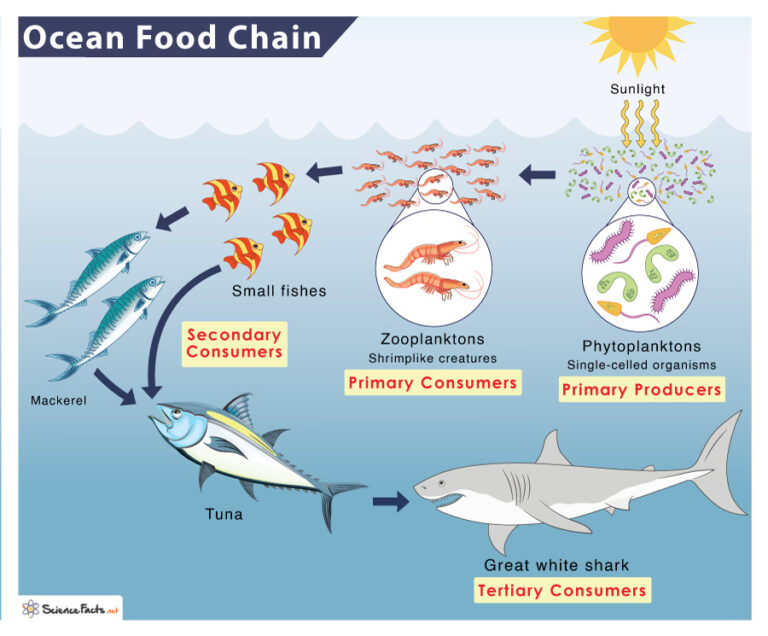Image result for prehistoric marine life Biology Diagrams At the bottom of the food chain were tiny organisms like phytoplankton. These microscopic plants used sunlight to make food, just like plants on land. They were eaten by slightly larger animals called zooplankton. From there, the food web branched out: Small fish ate the plankton; Larger fish and some marine reptiles ate the smaller fish

The discovery adds to growing evidence suggesting that marine food chains millions of years ago operated similarly to those we observe today, with predators and scavengers playing distinct but interconnected roles in their ecosystems. This 15-million-year-old specimen provides a rare glimpse into these ancient ecological relationships Fossil Hunter Discovers 66-Million-Year-Old Vomit in Denmark, Offering a Clue to the Cretaceous Food Chain. A marine animal snacked on some sea lilies that did not agree with its stomach—and we

Meet the Prehistoric Animals that Ruled the Ocean Biology Diagrams
Mosasaurus was at the top of the food chain and would eat pretty much anything they found in the ocean: sharks, cephalopods, giant turtles, and even other mosasaurs. The real Mosasaurus wasn't quite as big as Jurassic World made it out to be—as always, real life fails to live up to the Hollywood hype. Researchers uncovered a prehistoric ecosystem teeming with giant marine reptiles, uncovering unmatched food web complexity Predators at the top of a marine food chain 130 million years ago ruled with more power than any modern species, McGill research into a marine ecosystem from the Cretaceous period revealed. The study, published in the Zoological Journal of the Linnean Society, reconstructs

Marine reptiles such as plesiosaurs and ichthyosaurs were apex predators, occupying the top of the prehistoric marine food chain. They had a diverse feeding repertoire, allowing them to thrive in different ecosystems and adapt to changing environmental conditions. Fossil evidence suggests that these reptiles feasted on a variety of prey

Apex predators in prehistoric Colombian oceans would have snacked on ... Biology Diagrams
Fossils Capturing a Sea Cow's Violent End Shed Light on Prehistoric Food Chains. New research suggests the dugong-like sea creature was attacked by a crocodile, then its remains were scavenged

The presence of herbivores, such as the ancient sea cow, suggests a rich and diverse ecosystem, providing sustenance for various levels of the food chain. While the fossil record provides valuable clues, scientists continue to unravel the intricacies of prehistoric marine ecosystems.
